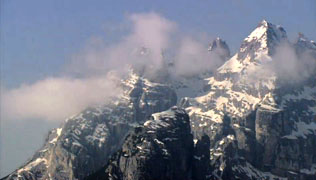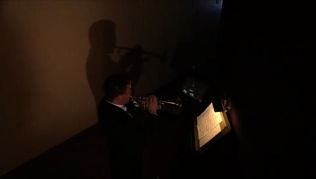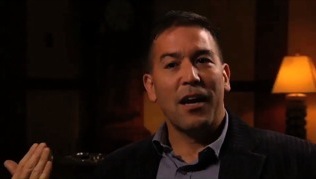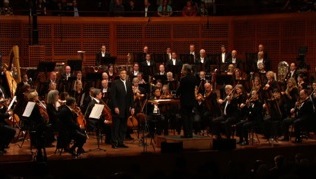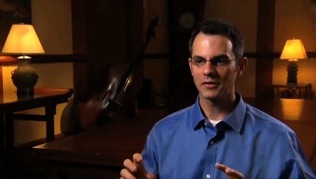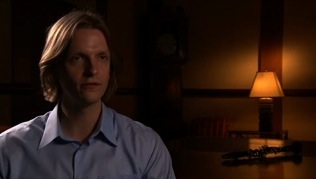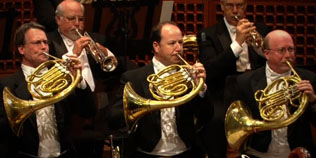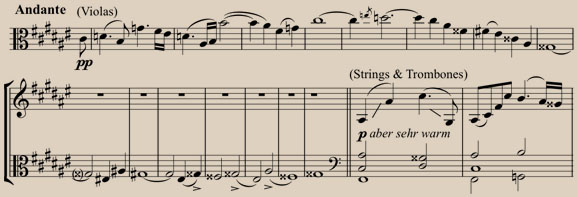Mahler loved to use details to paint specific scenes in his music. Both songs and symphonies call for sound effects that capture both natural and human worlds.
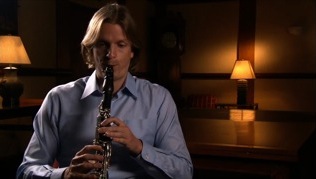 Play
Play
Why does Mahler change the call of the cuckoo?
-
Compare a call of the common cuckoo (Cuculus canorus, 2011)
-
with its depiction in a harpischord piece (Daquin, 1720)
-
with the bird cadenza in the Pastoral Symphony (Beethoven, 1806)
-
with this folk song (Austria, before 1900)
-
and finally with Mahler’s repeated call in the First Symphony (1887)
"The Earthly Life" (Das irdische Leben) is one of the songs from the collection based on The Youth's Magic Horn (Des Knaben Wunderhorn). The song tells a story of a mother trying to console her son, who is dying of hunger.
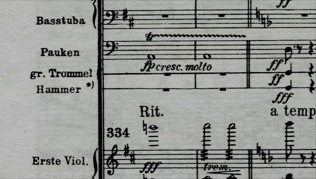 Play
Play
A disturbing and forceful sound effect underlines the tragic climaxes of the finale of the Sixth Symphony. It's an instrument never fully described by Mahler, which he calls the Hammer. He imagined a scenario in which “the hero” is assaulted by “three hammer blows of fate, the last of which fells him as a tree is felled.” As he worked on the piece, however, he removed the third one.
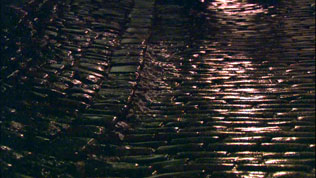
-
In the second “Night Music” of the Seventh Symphony, Mahler brings mandolin and guitar into the ensemble, marrying the unmistakable sound of a lover’s serenade to the symphony orchestra. Like sparkles of moonlight on a dark surface, these plucked sounds stand out against the otherwise dark colors employed in this movement.

-
This cinematic passage from the second movement of the Seventh Symphony starts with a passage of woodwind solos, built from stylized versions of bird calls. Imagine how the approach of the night watch (in tuba and bassoon) agitates a flock of birds at night: they noisily take flight and scatter; then all is quiet again.
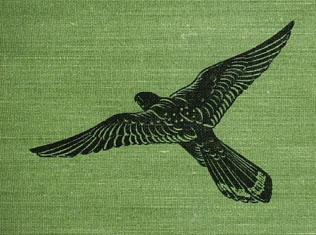
Throughout Mahler’s world of invention, instrumental solos modeled after birdsong appear at critical moments.
-
In the Second Symphony, mixed in with the trumpet calls that represent the call to the Last Judgment, a flute solo suggests the smallness of a single bird in the immensity of space and time.
-
Many years later, in “The Farewell” (Der Abschied), from The Song of the Earth (Das Lied von der Erde), Mahler evokes the narrator’s intense loneliness with a desolate flute solo.
